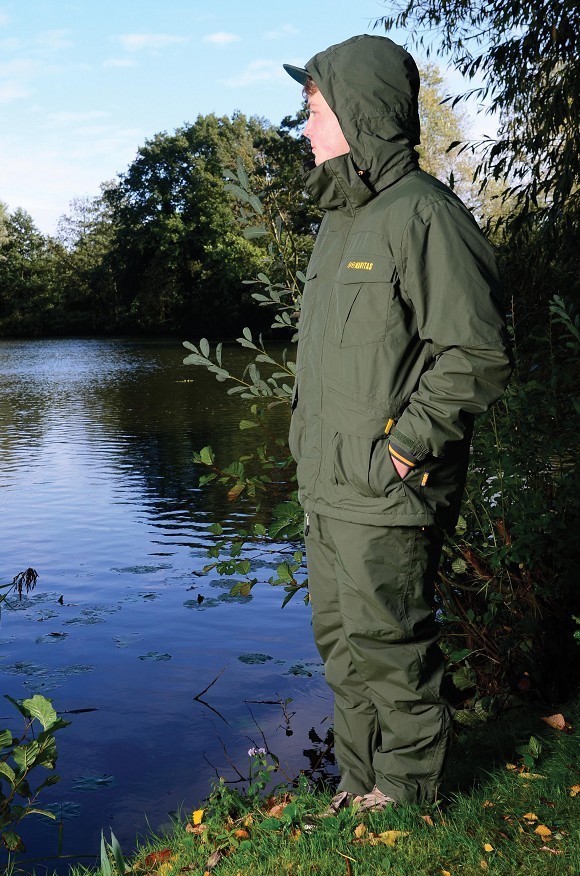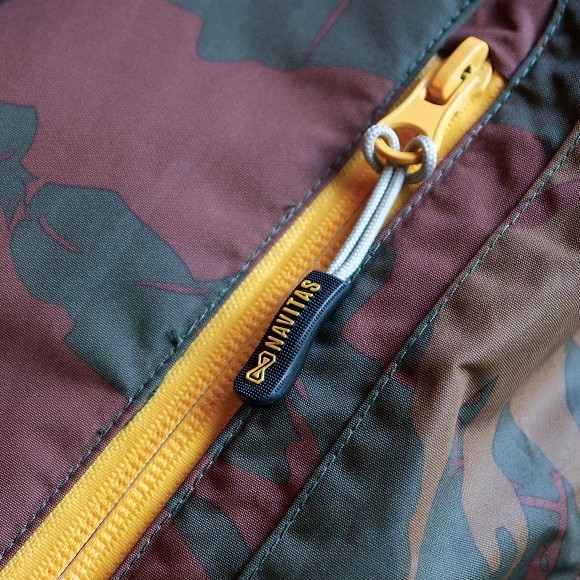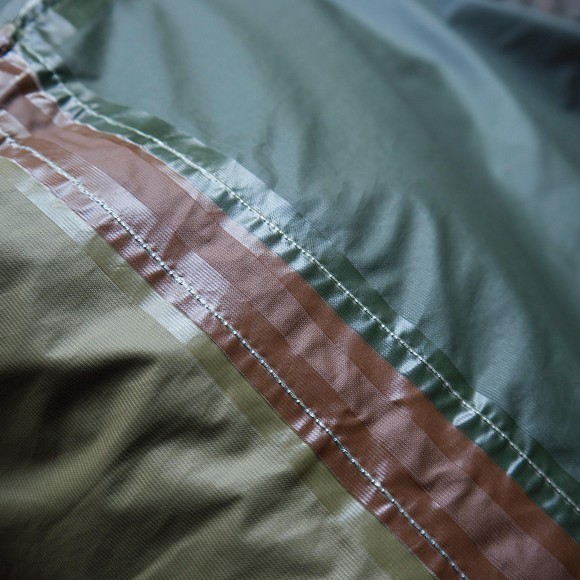
The CARPology Explainer
Exposing and understanding key features or terms within angling. This time: clothing
With the grip of winter firmly here, it is that time of year again where most anglers take a serious look at their clothing to see if it’s up to the job in hand and what options are out there. We asked Navitas Apparel’s Mark Munson to give us the heads up on what to be looking out for when selecting outerwear for the bank.
The Essentials
“Being warm, dry and comfortable are the most important things for any outdoor activity during the colder months, as when you’re cold and uncomfortable you don’t fish effectively, don’t enjoy your time on the bank and can spend hours hiding in the bivvy when your time could be better spent watching for signs,” states Mark, the brainchild of cool-looking, functional outdoor clothing brand, Navitas. “Many anglers spend a small fortune on tackle but still use sub-standard clothing whilst fishing.
“First things first, much of the fishing clothing for years was never really designed for use on the bank. It was often an afterthought for the tackle brands using pieces designed for hunting, or basic off-the-shelf products and simply adding a logo here and there. In more recent times, with independent clothing brands coming onto the market, the standard of outerwear for anglers has improved no end. From both the big tackle brands as well as the specialist clothing brands, it is now well worth taking a look. Here are a few of the basic things to consider when looking at buying any technical outerwear…”

Is it waterproof and breathable?
“As we know, a marigold rubber glove is completely waterproof but using a jacket or pant made from a completely un-breathable fabric would make the wearer sweat and get wet from the inside out. So the key is to try and pick a fabric that is both waterproof and breathable. Most outerwear is manufactured using natural or synthetic fabric that has been either laminated or coated with a waterproofing material such as rubber, polyvinyl chloride (PVC), Polyurethane (PU), Silicone elastomer, fluoropolymer or even wax.
“Fabrics are given a waterproof/breathability rating and this is something to look out for. This rating is called the hydrostatic head or HH and is represented in numbers between 2,000 and 20,000, the higher the number the more waterproof/breathable the fabric is.
“The Hydrostatic head is calculated by taking a clear tube and clamping the material over the bottom end. The tube is filled slowly with water and measured to see how high the column of water can get before the material lets drips through. A Hydrostatic head rating of 2,000mm means that the column of water was two-metres (2,000mm) tall before the material leaked. Obviously this doesn’t take into effect wind, temperature etc., but it is a guide to how well you can expect the fabric to perform. Ideally, for general angling purposes, I would suggest anything over 3,000/3,000.
“In addition the breathability of any waterproof/breathable fabric is very dependent on the weather conditions, especially temperature and humidity.”

Taped seams
“These are essential in any waterproof garment as any waterproof fabric, once sewn together, has holes on the seams where the needle pierces it, therefore the easiest way to seal these is with a waterproof tape applied inside the garment using heat to melt the tape over the join.
“Seams can either be fully taped or strategically taped. Fully obviously means any seams on the garment are taped and strategically is generally where tape is used on the seams that are situated on the shoulders, neck etc. For peace of mind I would generally go for fully taped seams if you can.”

Shell or lined?
“There are two types of jacket to choose from, either a lightweight shell or a lined (insulated) jacket. Shells are designed to work with a layering system using base-layers, mid-layers or fleeces etc. whereas lined already has some form of insulation and can be worn without mid-layers or fleece etc.
“It is really personal preference, but also think about how active you are when out on the bank, you can always add layers and take them off again, but if you have a huge insulated jacket you only have one option. Some jackets also have a zip-in, zip-out fleece which is also well worth considering.
“Clothing is always a very personal thing for every individual and there is something out there for everyone. Don’t always go for the cheapest option and try to go to any decent retailer to get some advice and try a few different items on before you make your decisions. The bottom line is, no one enjoys their time on the bank when they are cold and wet! It’s meant to be enjoyable and not an endurance test! Plus, winter into spring can be a great time to be out on the bank, so don’t let your lack of decent clothing stop you getting out there this winter!”





